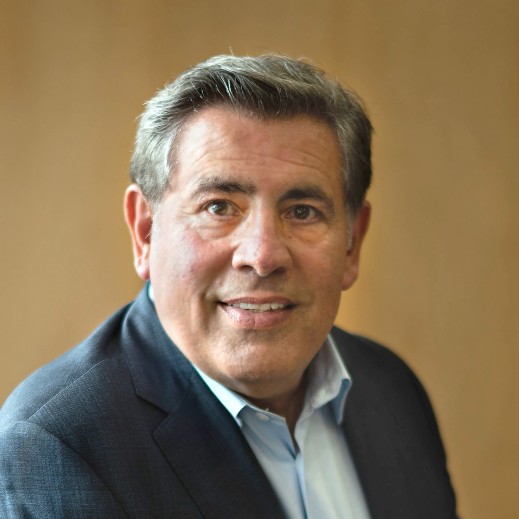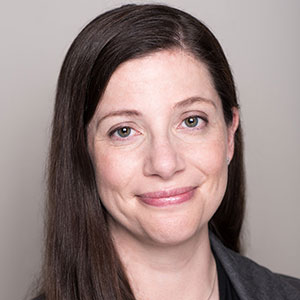More work needs to be done, report sets out three areas that require immediate action
A new report by the Ontario Medical Association finds the government has acted on 51 of its 87 recommendations for better health care, but that more work needs to be done, including fixing the crisis in primary care.
Prescription Progress Report 2023, released May 31, identifies three priority areas for immediate attention: ensuring access to team-based primary care led by a family doctor, alleviating the crushing administrative burden – one of the leading causes of physician burnout — and addressing the lack of access to co-ordinated community-based care.
The OMA engaged meaningfully with physicians, stakeholders and the public when developing the priorities. Consultation was also the driving force behind the progress made on health-system transformation since the OMA launched its Prescription for Ontario: Doctors' 5-Point Plan for Better Health Care in 2021–a roadmap for strengthening the health-care system.

“Ontario’s doctors are leading the way to better health care,” OMA CEO John Bozzo said. “Much progress has been made but there is still work to be done. The OMA is determined to press forward, working with government to improve the lives of physicians and their patients.”
The Progress Report takes stock of what the government has done to address the OMA’s recommendations. Government actions have aligned with 51 of the document’s 87 recommendations, from committing funds to launching new programs to introducing initiatives aimed at reducing wait times, enhance pandemic planning and increase access to community care.
“The government is listening to physicians,” OMA President Dr. Andrew Park said. “Our influence is being felt. And it’s because we have the experience and expertise of working in and caring for patients in this system.”
In particular, the government’s Your Health: A Plan for Connected and Convenient Care, released in February, responds to some of the foundational changes the OMA has called for, including the creation of community diagnostic and surgical centres, more investment in primary care and steps to license foreign-trained doctors.
OMA Interim CEO John Bozzo

Other government actions, including the investment of $230 million to hire health-care workers and build capacity in hospitals, support Prescription for Ontario’s five main pillars. The government has also announced new training spots for 455 physicians-in-training to address doctor shortages and long patient wait times, particularly in the north and in rural areas.
OMA advocacy on behalf of physicians hasn’t stopped since Prescription’s release. OMA leaders met face-to-face with Premier Doug Ford, cabinet ministers and MPPs from across all parties. More than 90 physicians attended a Queen’s Park lobby day last November. The OMA has advocated at joint tables, presented to legislative committees, collaborated with working groups and submitted proposals to strengthen and guide many government initiatives.
The momentum built by Prescription continued this year with broad consultations to determine next steps. More than 1,600 physicians completed an online survey and more than 100 participated in six facilitated workshops, which helped the OMA identify its three-priority action areas moving forward.
OMA President Dr. Andrew Park
“We will continue to rely upon the collective expertise of physicians and key stakeholders to find lasting solutions to fix the primary care crisis, address physician burnout and expand community-based care,” Bozzo said. “The health of our physicians can’t be ignored. The rate of burnout among doctors has been rising and has been exacerbated by three long pandemic years.”
Four in 10 physicians surveyed by the OMA say they are considering retiring in the next five years – a frightening statistic when 2.2 million Ontarians are without a family doctor, according to the INSPIRE-PHC research group. Physicians also identified burnout as one of the top issues facing Ontario’s health-care system in the recent OMA members’ survey.
One of the leading causes of physician burnout is their crushing administrative burden. A new survey by the Ontario College of Family Physicians found that family doctors reported spending 19.1 hours a week on administrative tasks, precious time that could be better spent on direct patient care.
 Dr. Veronica Legnini, a family physician in Kingston and chair of the OMA’s General Assembly, agrees.
Dr. Veronica Legnini, a family physician in Kingston and chair of the OMA’s General Assembly, agrees.
“What patients often don’t see is the constant juggling that goes on behind the scenes. Phone calls come in every day. ‘My baby has a fever’. ‘I need a sick note to go back to work tomorrow or else I won’t be paid’. ‘I fell and injured myself and they gave me a cast, but I don’t have any pain medication.’ So, there’s clinical concerns that come in, and then there’s also the forms and the paperwork. And those are a huge burden because medically they’re probably not very time-sensitive, but they make a difference in people’s lives,” she said.
The repercussions of an overburdened and unhealthy physician workforce are enormous to the overall health-care system.
“Physician well-being is key to a sustainable, resilient health-care system that in turn can provide the best patient care possible,” Dr. Park said. “We can’t take care of the people who depend on us if we’re fighting an uphill battle trying to get the help we need to keep ourselves healthy.”
Dr. Veronica Legnini, chair of the OMA’s General Assembly Steering Committee